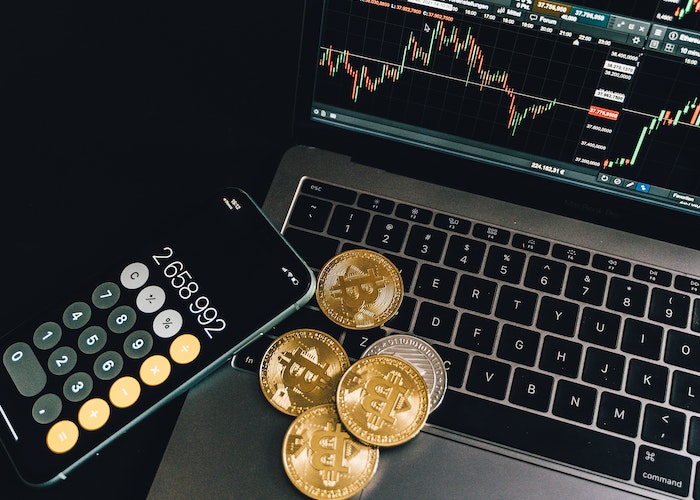- Trading Platform Reviews
- Blog
- Which is the best trading platform uk
- Best trading platform uk forex for beginners
- What is the best trading platform uk website
- Best trading platform uk no fees deposit
- Best trading platform uk review articles
- Best trading platform uk beginners guide
- Best trading platform uk app day traders
- Best trading platform uk 2022 exchange
- Best trading platform uk for cryptocurrency online
- Contact Us










